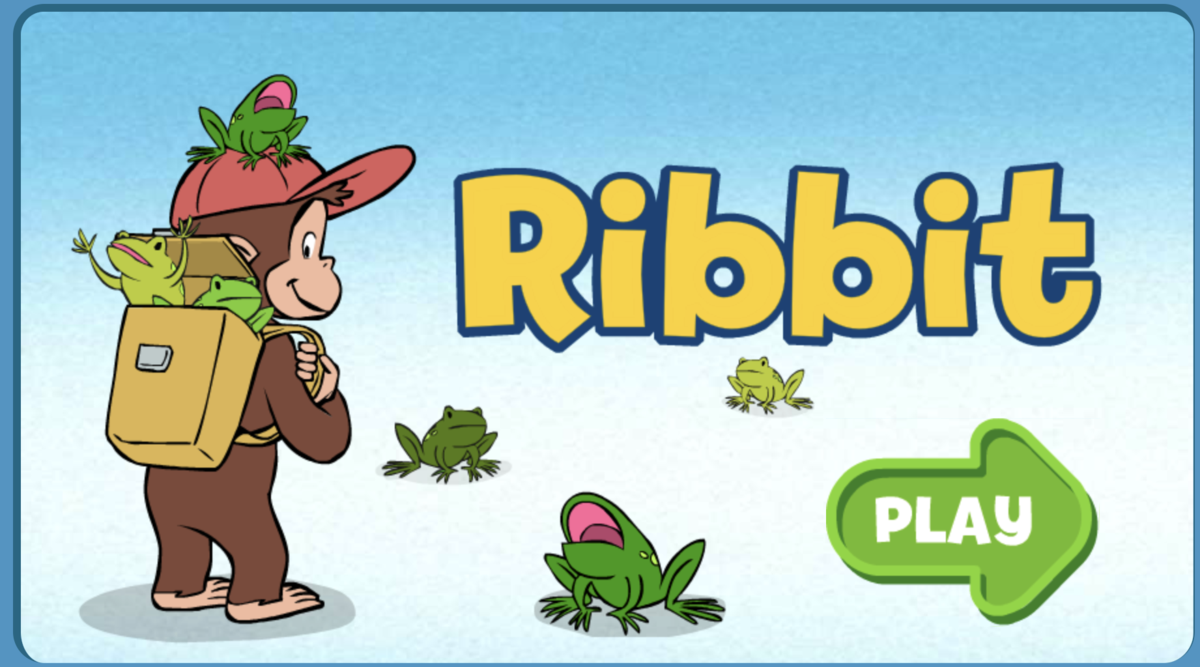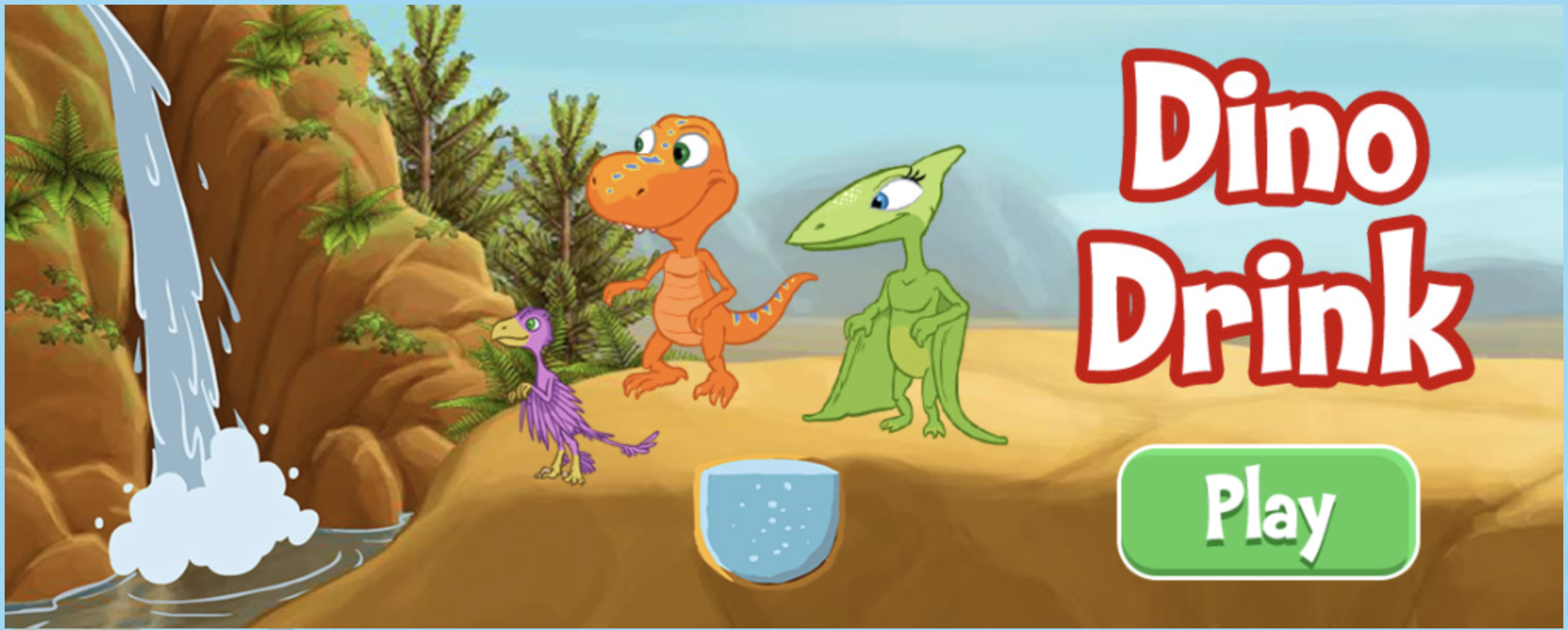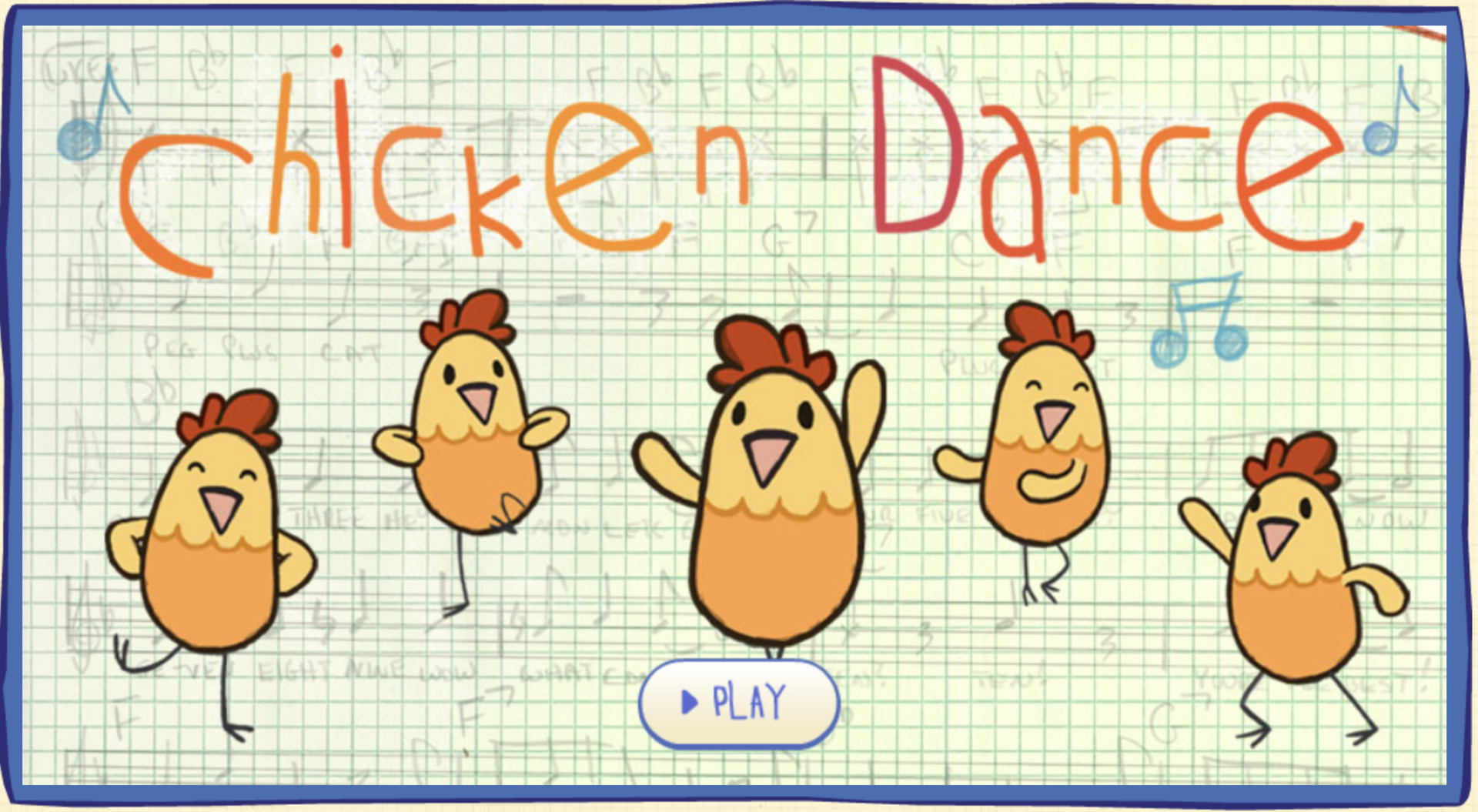TK Games - Math
CPTKLA Math 1.0 - Counting and Cardinality,
1.4 - Subitize - Identify without counting the number of objects in a collection of one to five objects.
1.5 - Numeral Recognition - Recognize and name all written numerals through 10.
1.6 - Number Comparison - Compare two groups of objects by counting and communicating, “more,” “same,” “less,” or “fewer.”
3-2-1 Snack - Peg & Cat
Apple Picking - Curious George
Big Bird's Basketball
Blast Off - Curious George
Bubble Pop - Curious George
Bug Catcher - Curious George
Bunny Ride - Curious George
Chicken Coop Counting - Peg & Cat
Connect the Dots Mecha Builders
Cookie Kart Racing
Count Me to Sheep
Count with Allie
Count's Number Ride
Dominoes
Don't Go Bananas
Egg Counting Elmo
Fair Shares - Curious George
Field Day Fun
Five Frame Game
Flower Garden - Curious George
Hide and Seek
Meatball Launcher - Curious George
Monkey Jump - Curious George
Mucky Monsters (More or Less)
Number Popper
Oscar's Junk My Jacket
Peg's Parade - Peg & Cat
Peg's Pizza Place
Ribbit - Curious George
Snow Day Math Moves
Spot the Numbers
Ten Frame
Train Station - Curious George
Math - Measurement and Data
CPTKLA Math 3.0 Measurement and Data -
3.1 - Comparing Measurable Attributes of Objects - Compare two objects by length, weight, or capacity (for example, putting objects side by side) and communicate about their comparison.
3.2 - Ordering Objects - Order a slightly larger number of objects (for example, four or five) by length or other attributes (for example, height, capacity)
3.3 - Measuring Length - Measure length using concrete objects laid end to end, sometimes needing adult support. Note: Children may not yet understand that units need to be of equal length.)
3.4 - Representing Data - Use objects, tally marks, or pictographs to represent data in two or more groups. Demonstrate understanding that each object, tally mark, or picture represents one data point
3.5 - Interpreting Data - Describe and compare, with adult support, the number of data points in two or more groups. Determine which group has more or less.
Baby Fox Machine (Length/Orientation)
Bridge-a-Rama (Length)
Bubble Bath (Capacity)
Bugs in the System (Represent Data)
Can You Fill It? (Capacity)
Can You Fill It? (Length)
Dino Drink (Capacity)
Happy Camel (Weight/Mass)
Let's Build It (Distance)
Measure That Foot (Length)
Pan Balance (Weight/Mass)
Poddle Weigh-In (Weight/Mass)
Railway Hero (Length)
Scrub-A-Dub - Peg & Cat (Size)
Math - Patterns
CPTKLA Math 2.0 Operations and Algebraic Operations -
2.6 - Recognizing, Duplicating, and Extending Patterns - Explore, extend, and duplicate a variety of repeating patterns (for example, AABBAABB, ABCABC) with adult support. Describe the repeating part of a pattern (pattern unit).
2.7 - Creating Patterns - Create a variety of repeating patterns (for example, AABBAABB, ABCABC) or recreate existing patterns using different objects.
Check Out Cookie
Chicken Dance
Code Breaker
Complete the Pattern
Planet Pal
Math - Shapes/Colors
CPTKLA Math 4.0 Geometry and Spacial Thinking -
4.1 - Identifying Two-Dimensional Shapes - Identify, describe, and construct different shapes including variations of circle, square, triangle, rectangle, and other shapes. Use informal language to describe defining properties of a shape (for example, sides, corners, round).
4.2 - Identifying Three-Dimensional Shapes - Identify a few familiar three-dimensional shapes such as sphere, cube, and cylinder.
Note: Sometimes still use informal names (for example, ball, square box, tube)
4.3 - Comparing Two-Dimensional Shapes - Compare two-dimensional shapes of different sizes and orientations to determine whether they are the same shape. Identify similarities and differences in the properties (number of sides or vertices) of two different shapes.
4.4 - Composing Shapes - Combine different two- or three- dimensional shapes to create a picture or design (for example, make a house with two blocks shaped like rectangular prisms and one shaped like a triangular prism).
4.5 - Positions and Directions in Space - Identify positions of objects and people in space including in/on, under/over, up/ down, inside/outside, near/far, next to, beside/between, and in front of/behind
4.5 - Mental Rotation - Rotate, flip, or slide objects to solve a problem without relying as much on physical trial and error (for example, rotate an object before fitting it into a hole).
Chicken Blastoff - Peg & Cat
Highlight Zone
Magical Shape Hunt
Oh Say, Can You See Shapes
Paint-a-Long
Picture Shapes - Letter B Things
Pop Up! Cookies
Shape Escape
Shapes With Super Peg + Cat Guy
Telly's Shape Coaster
Math - Sort/Classify by Attribute
CPTKLA Math 2.0 Operations and Algebraic Operations -
2.5 - Sorting and Classifying - Sort and classify objects by one or more attributes into two or more groups with accuracy and flexibility. When sorting by two attributes, a child may first sort by one attribute and then by the second attribute.)
Abby's Smoothie Maker
All Star Sorting
Bert's Bottle Caps
Build -a- Bot - Curious George
Cookie's Cookies
Detective Donkey
Donkey's Froyo Stand
Go Fetch! With Bob Dog
Hat Grab - Curious George
Help Our Kelp
Inside, Outside with Bert & Ernie
Junk My Jacket
Scrub-A-Dub
Show Me the Cookies - Sesame Street
Sock Sort
Sorta-ma-Gogo - Sesame Street
Sorting Box
Space Waste Odyssey
Super Salad Diner
Vegetable Planting
Zoe's Pet Shelter
Math - Miscellaneous





















































































